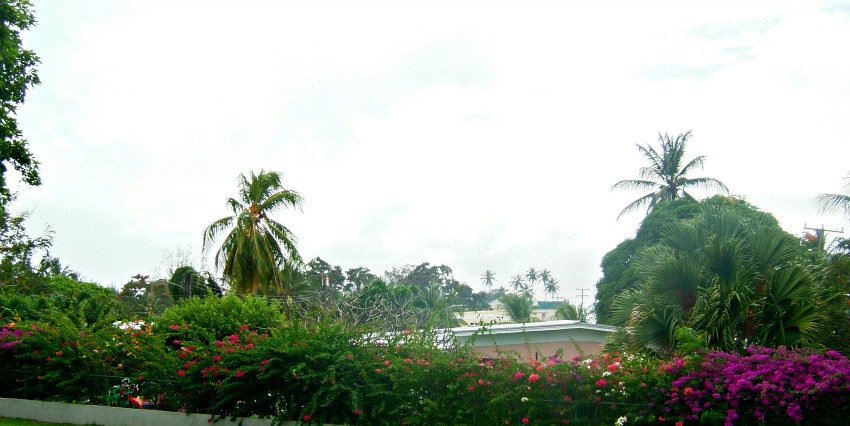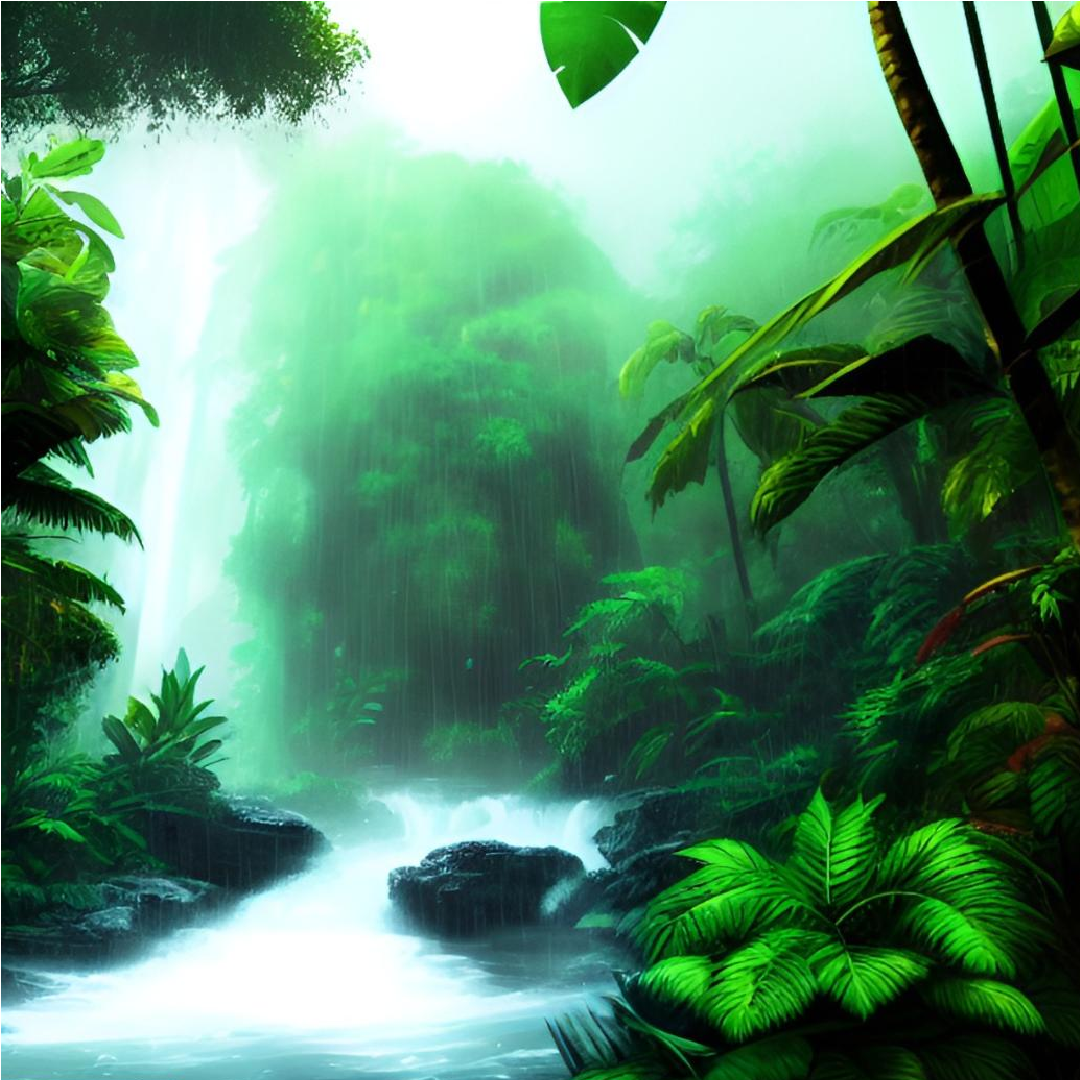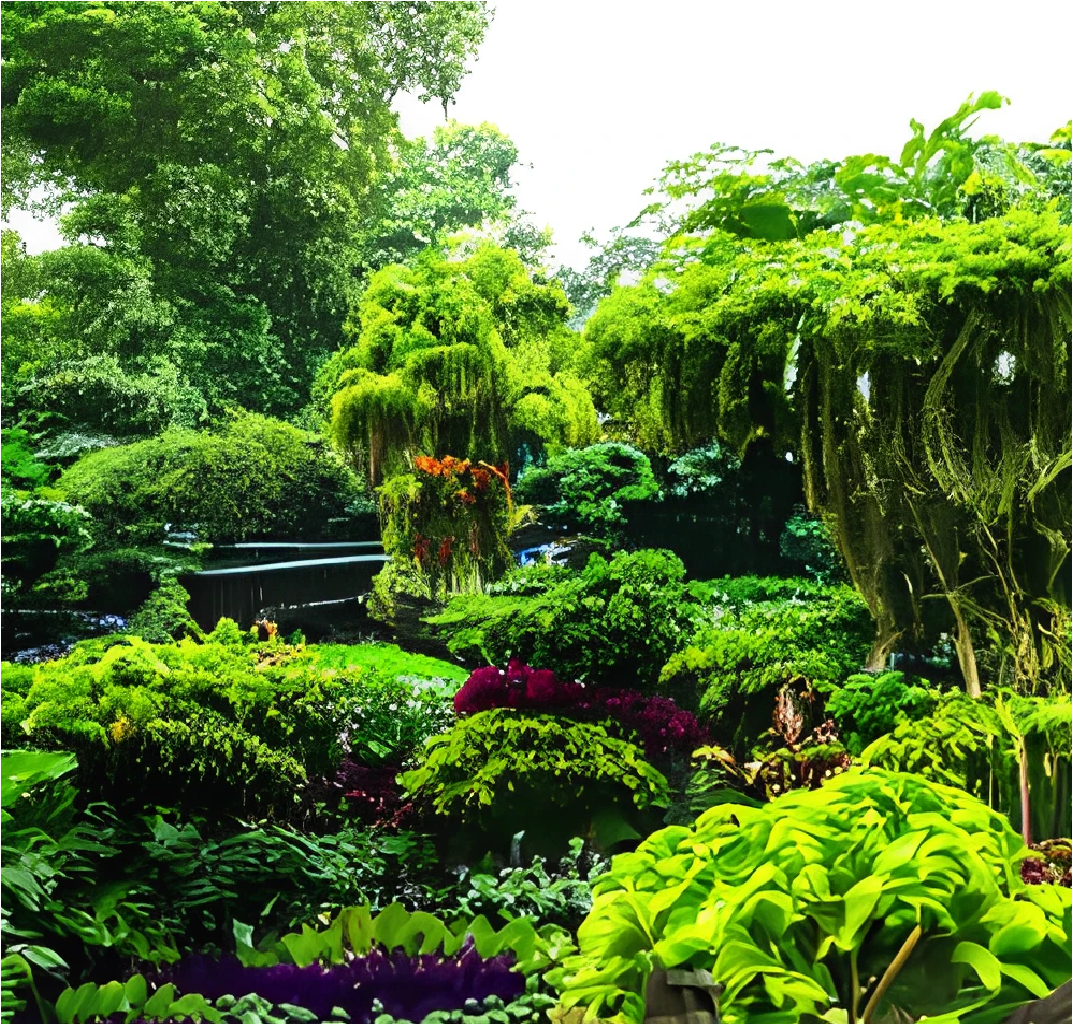- Air Homepage
- Global Warming
- Tropical Rainforest
Tropical Rainforests: Our Planet's Lifeline
Every eco scientist needs to know about the tropical rainforest. Every ecological scientist needs it. There's a reason to believe it's important. It's important for the earth and for our survival to preserve the tropical rain forest climate.
The Pulsing Heart of the Planet: Why Rainforests Need You 💚Wouldn't our planet's survival depend on the fate of the last six percent of our tropical rainforests, which are disappearing at a rate of an acre and a half every second? Stop standing by while the lush canopy and its thousands of species are destroyed and discover concrete strategies to stop deforestation and make sure our Earth's pulsating ecological heart keeps beating for generations to come, from reforestation to local stewardship.
🌿Let's celebrate our rainforests, unlock their secrets, and make sure they last for generations. The forest is the pulsating heart of our planet's ecology.
Explore the lush canopy and intricate ecosystems that define these forests near the equator, from the Amazon to Africa. Learn how rainforests aren't just oxygen factories - they have thousands of species coexisting in a mesmerizing dance of nature, like monkeys, jaguars, sloths, butterflies, snakes, and frogs.
Here's why these tropical paradises need our protection from climate regulation to carbon sequestration. Still, deforestation threatens the very fabric of these forests, putting not just their incredible diversity, but our planet's future at risk.
Hope is within reach, though. Environmental stewardship involves local communities who talk about how to restore and replenish rainforests. Those guys know what they're doing and can make some real, effective changes.🌴
Earth scientists warn that these rainforests emit a lot of the oxygen that we need. Researchers and environmentalists both care about the health and future of tropical areas. What's the climate like in these forests? Rain forests are found all around the world near the equator, including the Caribbean islands (like this one).
It's mostly in South America along the Amazon River, but there's also rain forest in central Africa and Southeast Asia. As much as 400 inches, about 10 metres, of rain can fall in these regions every year.
Tropical grasslands also exist and have their own climate. Savanna climates have a rainy season that can drop 50 inches in 6 months or less. During the dry season, which lasts 5 months or more, you'll usually only get four inches.
The vegetation in these areas tends to consist of grass and small shrubs instead of tall trees with thick undergrowth like in wetter areas.
Tropical rainforests today
Tropical rainforests have high rainfall, high humidity, and dense canopy of tall trees that form an intricate network of plants. These forests, usually found near the equator in Central and South America, Southeast Asia, and parts of Africa, are home to a lot of plant and animal species. These forests stay warm all year, with little seasonal variation. Their high rainfall supports a complex web of ecological interactions and nutrient cycling.
Tropical rainforests have a constant temperature all year round and are known for their incredible biodiversity, including thousands of species of plants, animals, and microorganisms. It also supports a complex web of ecological interactions and nutrient cycling because of the high rainfall and humidity.
There's nothing like a tropical rainforest, characterized by high rainfall, high humidity, and dense canopy of tall trees forming a closed and intricate network of vegetation. Plant and animal species live in the canopy layer, which can reach 50 meters high. Many species of fungi, insects, and small animals live on the forest floor, which is usually dark and damp.
One of the defining features of tropical rainforests is their incredible biodiversity, with thousands of species of plants, animals, and microbes. In these forests, you'll find large mammals like monkeys, jaguars, and sloths, as well as smaller creatures like butterflies, snakes, and frogs. Trees, vines, epiphytes, and understory shrubs and ground cover cover these forests.
Providing habitat for numerous species, regulating climate, and sequestering carbon, tropical rainforests are an integral part of the Earth's ecology. Many of these forests are threatened by deforestation and other human activities, so conservation and restoration are important priorities.
For rainforests to be replenished and protected, a multifaceted and collaborative approach is needed. Read on...
Tropical rainforests in the future...
Tropical rainforests are disappearing. Deforestation of rain forests refers to the shrinking of these oxygen-producing plants. Over the years, rainforest coverage has gone from 14 percent to 6 percent.
Every second, an acre and a half of rain forest is lost! Oh no, there's another one. Here's what one concerned person said:
Hi, it is my pleasure to write something in this blank. I am from the Northeast part of India and there is a state called Sikkim. It is known for its greenery. However when I went to Sikkim in the year 2004, the main thing which grabbed my attention is the deforestation in that area. All the big trees are down and no-one takes the initiative or any steps to flourish this greenery again. It's really painful.
~Rupam from India
Deforestation happens because corporations, local people, governments, and landowners see trees as a cash crop. There's a lot more to these regions than just trees. Many plants and animals needed to make medicines grow in these areas. The rainforest biome and its trees are essential to them all.
Tropical rainforests are fascinating to study, with their huge variety of plants and animals. We can gain a better understanding about their importance to the rest of the world by studying their climate and characteristics.
There are several strategies that can help replenish rainforests:
- Reforestation is one of the best ways to replenish rainforests. Native trees are better adapted to local climates and soils.
- Encouraging sustainable agricultural practices that preserve and protect the rainforest can help reduce deforestation and promote conservation. Human livelihoods and biodiversity can both be supported by agroforestry systems.
- Wildlife conservation and habitat restoration can help maintain the ecological balance of rainforests by conserving biodiversity. Involving local communities in conservation efforts can help create a sense of ownership and responsibility for the land. Conservation efforts can be more effective and sustainable this way.
- Raising public awareness about rainforests and the need to protect them can help build support for conservation efforts and build a culture of environmental stewardship.
Have You Ever seen the Rain? - I've got a Song for you then.
...and this Youtube channel homepage has more of your favourite songs.
Perhaps you can provide some further insight into climate and science here. You may do so right here.Do you love our home as much as I do?
Our environment is important. Isn't it? Why is it important to you? Why should we care?
Now is your chance to rant about it and let the masses know how you feel.
What is happening to our planet? This earth is changing, and not always in a good way. Let us know what you think.
What the other guys said:
Check here to see contributions from other visitors to this page...
I have something to say 




The feeling that a simple, overlooked task - has massive, secret importance is urgency, empowerment, and insight. You think cleaning a storm drain is …
Red Pandas 




Red Pandas - Save Yourself! - A red panda disappearing could start a domino fall that ends with empty forests, starving animals, and no humans left. …
We Have TO Protect Our Enviornment 




How Your Genius Will Save the Planet, Not Your Guilt - It's time to stop making excuses; the planet needs an inventor, not a victim. Start building the …
Rain Forest 




Make it a law - Cut a tree, plant a tree! - Thousands of rainforest trees fall every day, and nobody plants one back - our kids might inherit a barren …
Save our rainforests 




Pay the planet to protect the rain with Rainmaker Rebellion - Let's get rich saving the world with hard science and radical economics. For the global …
indoor chemical pollution 




Why your old pesticides are banned - Did you know the chemical used to kill roaches years ago is toxic to your nervous system? Find out why Diazinon, …
Question Not rated yet
Surviving the pulse of music and the earth - Do you ever feel like the world hides its true power behind politeness? We're breaking the rules to show …
The Rainforest Not rated yet
Rainforests: Beyond the Green Hype - There have been emotional pleas to save the rainforest, but the real science is harder and more controversial than …
Biomes Not rated yet
Global Neighborhood War: Biomes - Everything you thought you knew about rainforests, oxygen, and climate science is about to be challenged, and you might …
environmental-problems Not rated yet
Stop the panic, start the physics - There's a lot of "climate doom" talk that ignores the Earth has always changed. The goal shouldn't be to freeze the …
Do YOU think tropical rainforests are important?:
Really humid air and An Essential Provider for the Rest of Planet Earth.
We like that idea!
Here's your gateway to exploring, learning, and becoming a steward of Earth's green lungs. Let's celebrate tropical rainforests, unlock their secrets, and work together to make sure they thrive for generations to come.
Do you have concerns about air pollution in your area??
Perhaps modelling air pollution will provide the answers to your question.
That is what I do on a full-time basis. Find out if it is necessary for your project.
Have your Say...
on the StuffintheAir facebook page
Other topics listed in these guides:
The Stuff-in-the-Air Site Map
And,
Thank you to my research and writing assistants, ChatGPT and WordTune, as well as Wombo and others for the images.
OpenAI's large-scale language generation model (and others provided by Google and Meta), helped generate this text. As soon as draft language is generated, the author reviews, edits, and revises it to their own liking and is responsible for the content.
















New! Comments
Do you like what you see here? Please let us know in the box below.